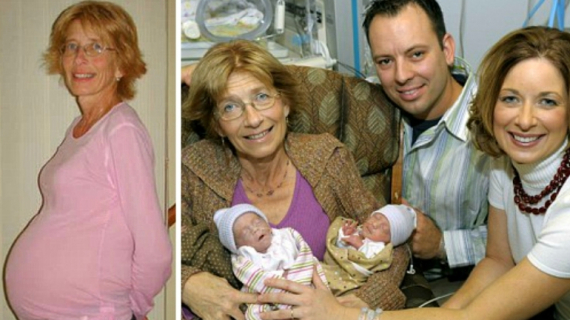Pregnancy 101
The product of millions of years of evolution, the human body is capable of many remarkable things, but none of which may be quite so incredible as the development of life in utero.
Over three million babies are born each year in the United States alone. Worldwide, the highest fertility rate is found in Niger, where the average woman gives birth to approximately 6.49 children in her lifetime. Singapore sits on the opposite end of the spectrum at just 0.83, less than one birth per woman.
While the number of births, customs, and traditions vary from culture to culture, the developmental process is essentially universal. Derived from the Latin word praegnantem, meaning before birth, pregnancy is the period in which the fetus develops inside the womb. Typically lasting around 40 weeks, human pregnancies are divided into three trimesters of three months each.
Pregnancy begins in the uterus, where a sperm fertilizes an egg. If the sperm carries an X chromosome, the baby will become female, while a Y chromosome will result in the baby becoming male.
The fertilized egg, or zygote, divides repeatedly as it travels through the fallopian tube, implanting itself on the uterine wall to form both the embryo and a specialized organ known as the placenta.
Found only in eutherian, or placental, mammals, the placenta will manage waste and provide key nutrients, oxygen, and hormones via the umbilical cord.
The brain, which will continue to grow and develop throughout the pregnancy, makes up nearly half of the embryo in these early stages. As the eyes, nose, ears, and mouth, along with all major organs continue to develop in month three, the baby will begin to look more and more human with each passing day.
The second trimester lasts from weeks 13 through 27. The fetus will more than double in size during this time, and soon, its movements may be felt by the mother. Hearing first develops around week 18, but the fetus will not respond to sounds outside of the womb until approximately week 25.
Starting at week 28 and lasting up until delivery, the third trimester is a time for final touches, such as eyelashes and taste buds. With most major development complete, the fetus will gain nearly half a pound a week.
To make room for this rapid growth, the mother's internal organs adjust significantly throughout the pregnancy. Dropping lower into the pelvis, a fetus typically turns heads-down in preparation for birth.
Most bones will have hardened by this time, though the skull will remain relatively soft to ease the delivery process. Labor is divided into stages, beginning with the dilation of the cervix and resulting in the delivery of both the baby and the placenta.
Despite thousands of years of human pregnancies, scientific understanding has only recently begun to catch up, leading to an increase in success and safety for both mother and child.
As our understanding of pregnancy continues to develop, so do technology and reproductive medicine, with much more in store for the future of pregnancy.














